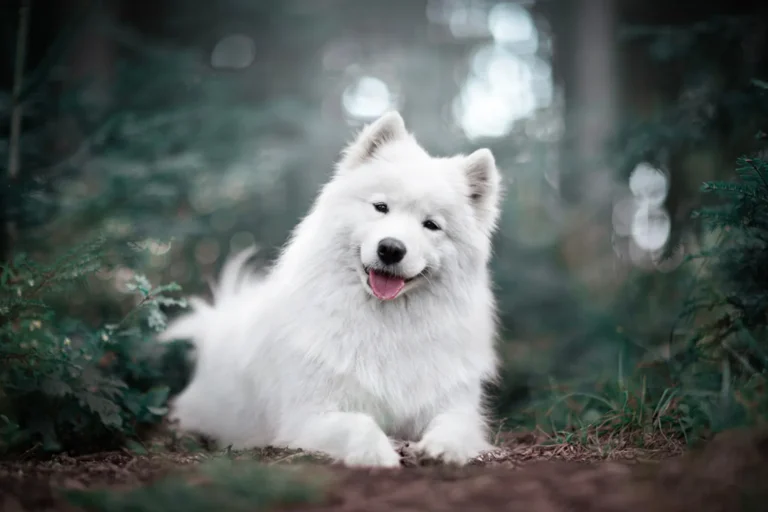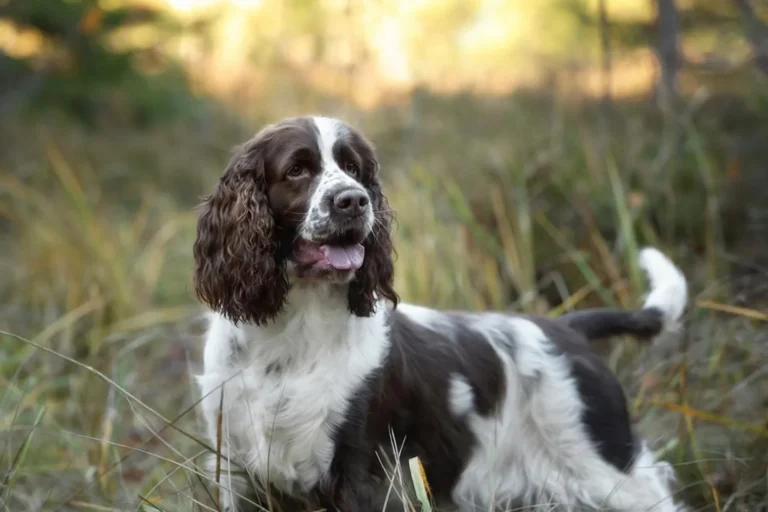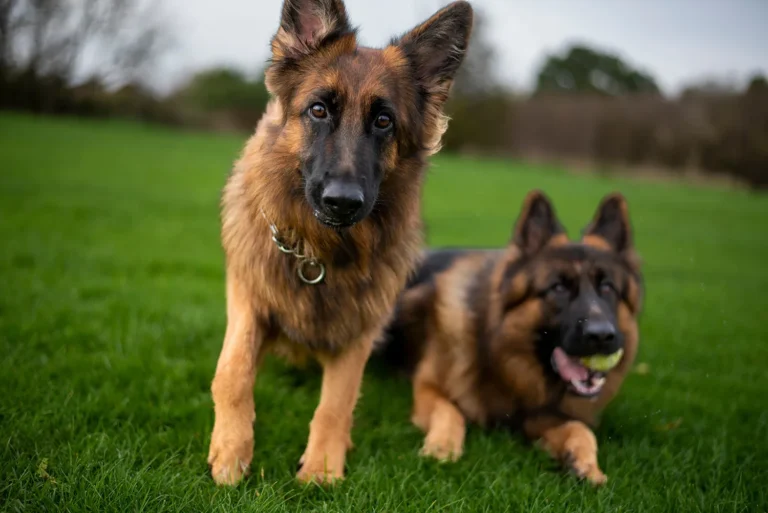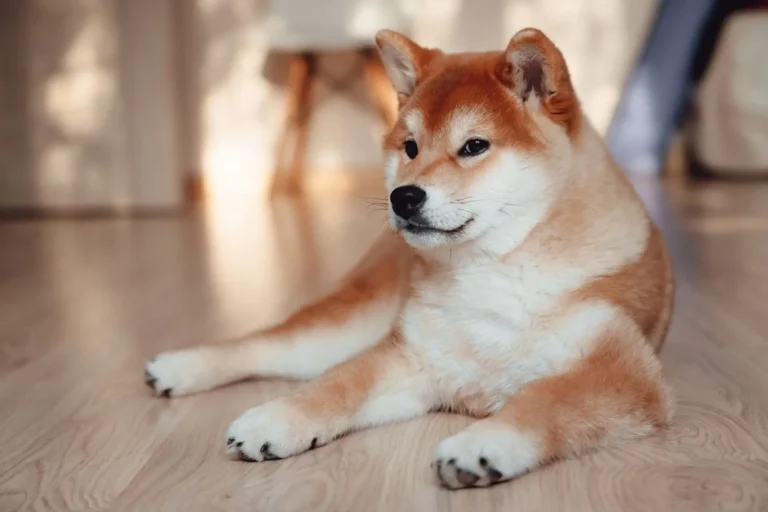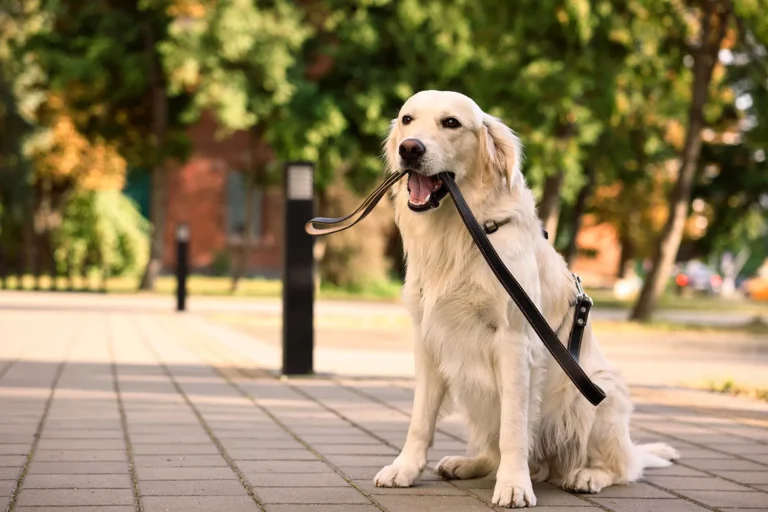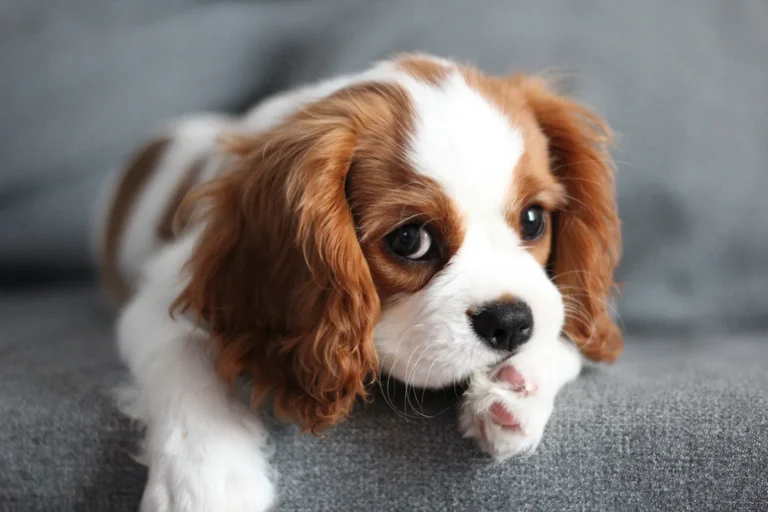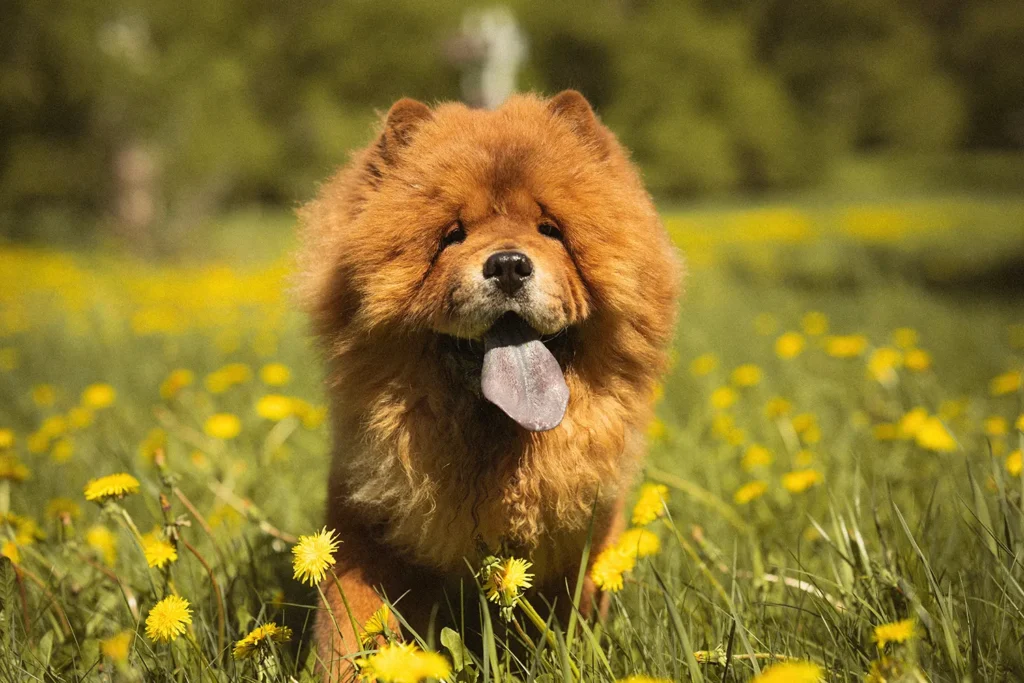
If you’re living small, the Chorkie is one of those designer pups that apartment dwellers and solo owners naturally gravitate toward. They’re pocket sized, easy to handle, and perfectly content turning a cozy nook into their kingdom. I used to dog sit a neighbor’s Chorkie who’d nap in a sunny window, then hop into my lap like he owned the place no heavy lifting or giant dog beds required.
A couple of short walks, some tug or fetch in the hallway, and a few puzzle toys kept him happy and calm. My tip: set up a comfy perch by a window and keep a small basket of soft toys handy. Teaching a “settle” cue also helps when the hallway gets busy. For small households, it’s hard to beat a pup that fits your space and your schedule so seamlessly.
What Is the History and Origin of the Chow Chow?
Picture a dog with roots deep enough to stretch across centuries because that’s the Chow Chow. This ancient breed has been around for at least 2,000 years, most famously in China, where they were put to honest work: pulling sleds, hunting, and guarding livestock and property. Some experts even trace them back as far as 3,000 years, suggesting they started in Mongolia before making their way into China. It fits when you look at them the sturdy build, that thoughtful, watchful gaze like a dog shaped by long winters and long journeys.
I remember meeting a stoic, cinnamon colored Chow on a chilly morning hike. His owner laughed and said, “He insists on carrying the gear,” and sure enough, he trudged along with a little pack like it was his job. That working spirit shows up at home, too. Because of their guarding and hunting background, Chows tend to be independent thinkers. My advice: start socialization early, keep training calm and consistent, and give them a job anything from learning new cues to a slow, purposeful walk where they get to “supervise.” They appreciate structure and dignity more than endless zoomies.
Over the years, some very famous people have fallen for their charm. Queen Victoria adored them, Elvis Presley had one, and Martha Stewart has been a proud Chow parent, too. I once fell down a rabbit hole looking at old photos of Elvis cuddling his Chow it’s hard not to smile. Those celebrity fans certainly helped the breed’s popularity, but the Chow’s appeal goes far beyond the spotlight. From ancient steppes and Chinese courtyards to our modern living rooms, they’ve kept that same noble, loyal spirit just with better beds and tastier treats these days.
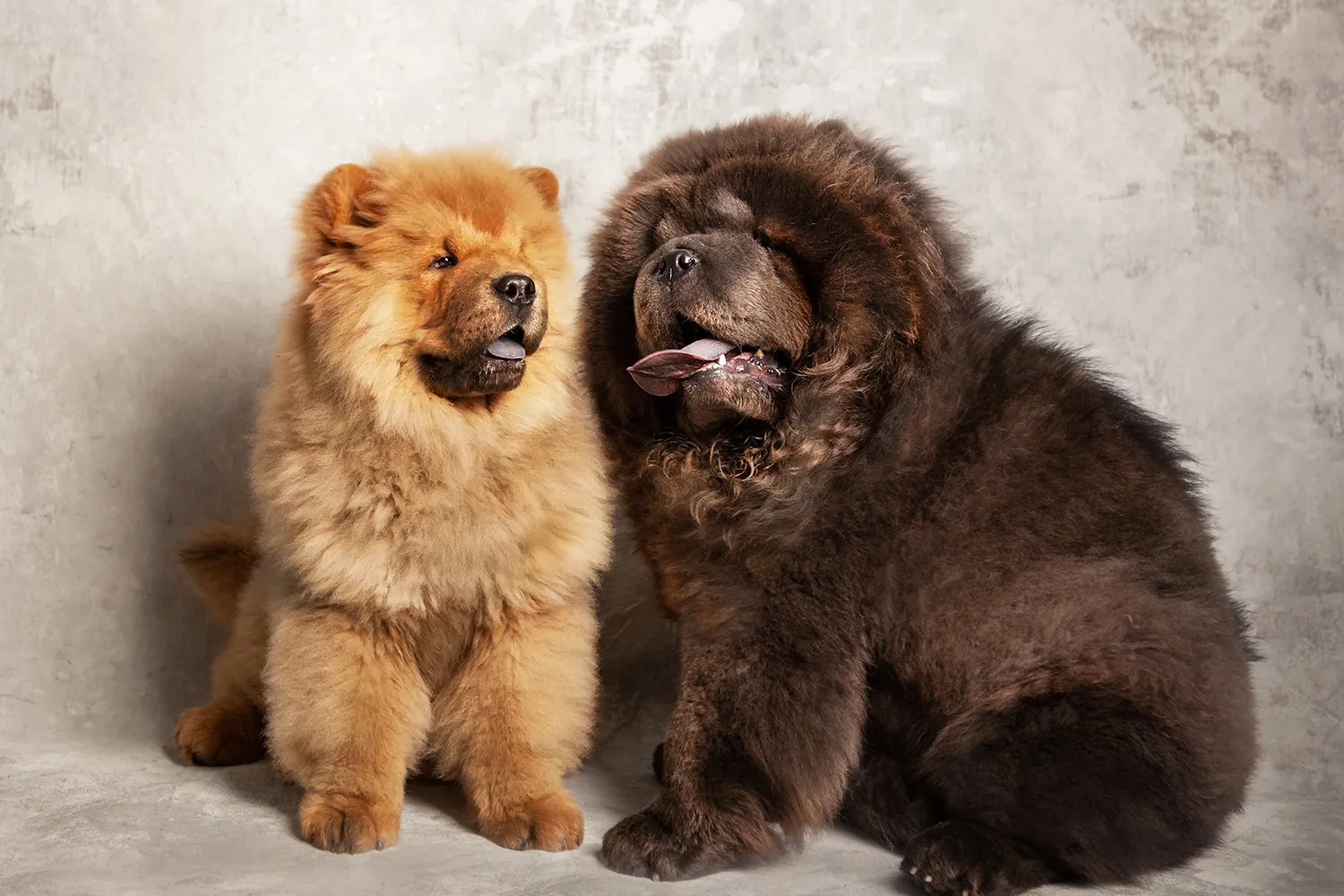
What Is the Chow Chow Breed?
If you’ve ever seen a Chow Chow trotting down the sidewalk, you know they turn heads. They’re a sturdy, medium sized breed wrapped in a dense double coat, with small triangular ears that stand up and round off at the tips like someone carefully softened the corners. It gives them that irresistible teddy bear vibe. I still remember the first time I met one at the park; I genuinely did a double take and thought a small, dignified bear had decided to join the dog run.
Their coat is one of their big calling cards. Depending on where you are, the accepted breed colors can vary, but you’ll commonly find shaded red, black, blue, cream, and fawn. Each shade has its own charm reds glow warm in the sun, blues look like storm clouds, and creams are like walking marshmallows. The American Kennel Club also notes that a Chow Chow should have a slate or solid blue colored nose, which adds to their unique, noble look. And then there’s that tail: fluffy and full, curling up and over the back like a fancy plume.
Now, a coat like that doesn’t come without commitment. Chows shed all year, with extra heavy blowouts in spring and autumn. During those seasons, I keep an undercoat rake by the door and a lint roller in every room. One April, after a routine brushing on the porch, I had enough fluff to knit a very small pillow (kidding mostly). Regular brushing keeps the coat healthy and helps you stay ahead of the tumbleweeds. A quick tip from experience: brush in layers to reach the undercoat, and make sure they’re fully dry after baths so all that dense fur stays comfy. With a little routine care, you get a Chow that looks like a living plush toy and a home that doesn’t look like it’s snowing indoors.
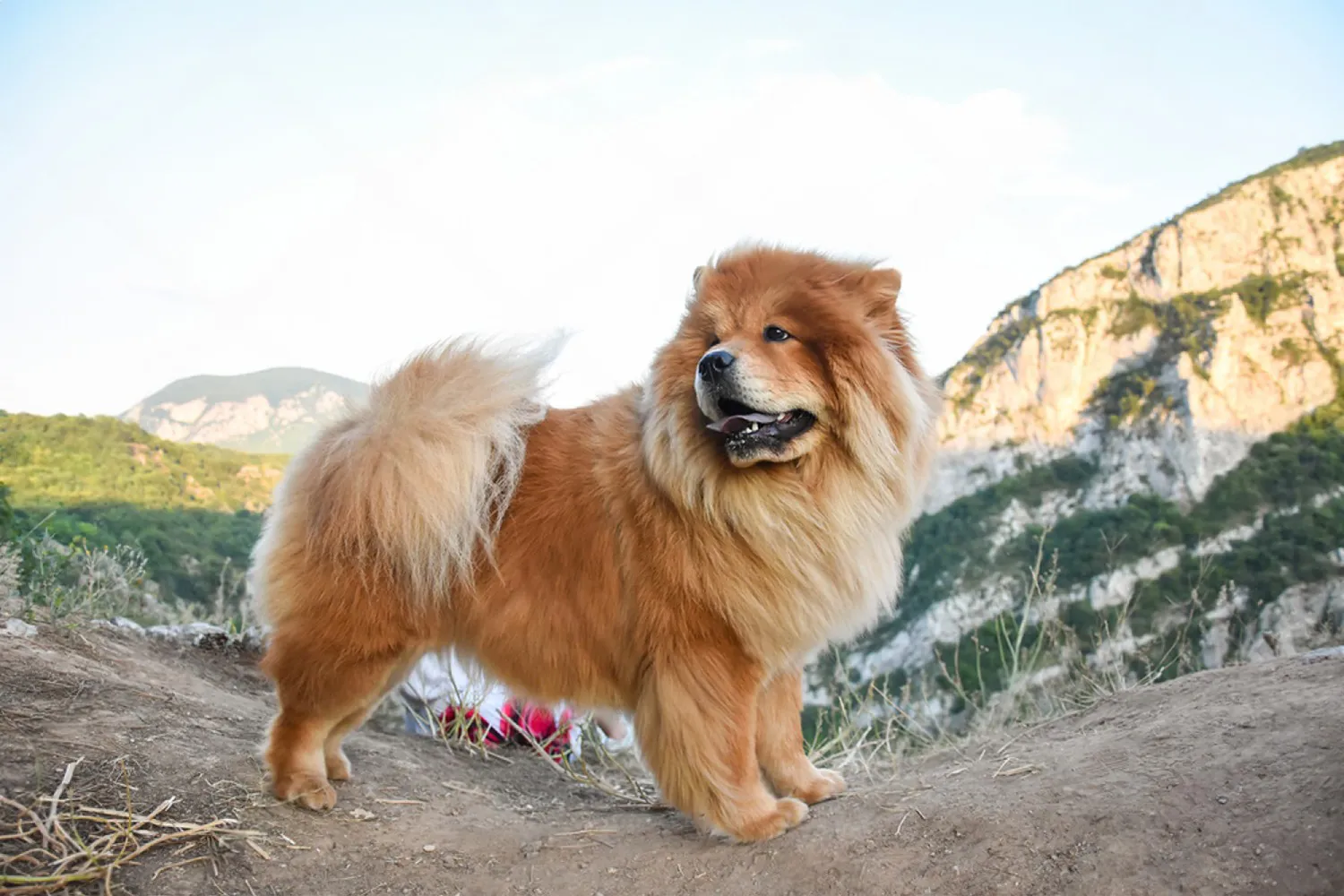
Who Is a Chow Chow Best For?
If you’re drawn to that lion like ruff and teddy bear face, remember the Chow Chow’s personality is more dignified cat than goofy Labrador. They tend to be aloof and independent, and they rarely go looking for playdates with other dogs. I’ve met a few who were perfectly polite at the park but preferred to do a quiet loop and head home. They’re not big on nonstop affection either; think “I’ll sit near you, not on you.” Families with very young kids usually aren’t the best match, because Chows appreciate calm routines and clear boundaries. Older, dog savvy kids who understand when to give a dog space typically do better.
Their exercise needs are modest. Around an hour a day, broken into a couple of shorter walks, is usually plenty adjusting for the dog’s age and energy. Picture a dignified stroll rather than an all day hike. And rain? Many Chows vote no. I once dogsat a Chow named Miso who would literally side step puddles with the precision of a ballerina. If your ideal weekend involves muddy trails or long, adventurous treks, this probably isn’t your co pilot. If your ideal evening is a quiet one with a steady companion snoozing nearby, you’re closer to the mark.
Training a Chow requires patience, consistency, and a bit of strategy. They’re smart, but they like to know what’s in it for them. Keep sessions short and purposeful, use high value rewards, and don’t expect them to perform just to please. An experienced owner or a committed beginner with a great trainer will do best. Early socialization helps, but even well socialized Chows often prefer a low drama social life. I avoid dog parks with them and opt for calm walks, structured meet and greets, and plenty of enrichment at home.
As for living situations, Chows can thrive in apartments or houses as long as their routine is predictable and peaceful. They’re perfect for someone who appreciates a reserved, quietly loyal dog over a Velcro shadow. If you respect their boundaries, keep their exercise steady but reasonable, and don’t mind skipping rainy day adventures, a Chow Chow can be a wonderfully composed companion.
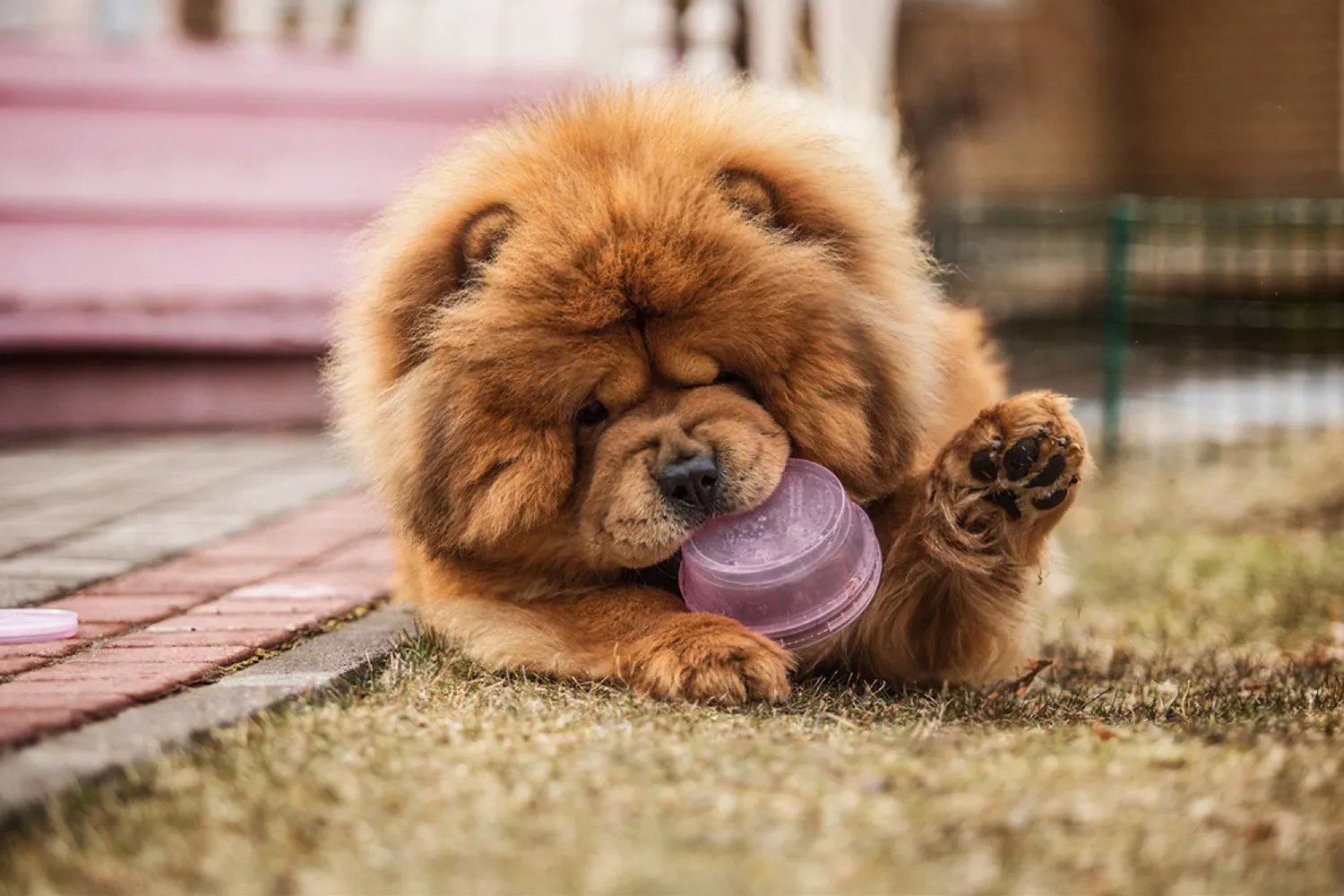
Chow Chow Grooming & Shedding
Grooming is a real part of life with a Chow Chow, and honestly, it becomes a rhythm you settle into together. That glorious mane and thick double coat do shed, so plan to brush every two or three days. I like to do short sessions after dinner with a slicker brush and an undercoat rake, working in small sections from the skin out. It keeps the coat looking plush, cuts down on “fur tumbleweeds” rolling across the floor, and, most importantly, stops tangles and mats before they set in. Pay extra attention behind the ears, under the collar, in the armpits, and the fluffy “pants” on the back legs those are the usual trouble spots.
Twice a year, many Chows seem to “blow” their undercoat, and that’s when the brushing steps up a notch. I remember helping a friend with her Chow, Bear; we turned on a show and did line brushing for twenty minutes at a time, misting the coat lightly with a detangling spray to avoid static. A good comb through at the end catches anything the brushes miss, and keeps that lion like ruff looking impressive instead of wild.
Bathing helps too. Plan on giving your Chow a bath at least every six months to keep skin and coat healthy. The double coat can be tricky: rinse longer than you think you need to, and dry thoroughly. A high velocity pet dryer on a cool setting makes a huge difference and helps prevent damp spots that can irritate the skin. If you’re using a regular blow dryer, keep it on low heat and be patient. I keep a stack of towels by the door and a non slip mat in the tub little things make bath day smoother.
If you’re feeling overwhelmed, professional grooming is worth every penny. A good groomer knows how to work through that thick coat, trim up the feet and sanitary areas, and send your Chow home looking neat and surprisingly sleek. The first time I took my neighbor’s Chow in for a session, he came back looking like a polished cloud. Even one or two pro visits a year can help you learn techniques to use at home.
A few extra tips from the trenches: start grooming habits early and keep sessions positive with treats; never yank at a mat use a detangling spray and a wide tooth comb to tease it out; and avoid shaving the double coat unless a vet recommends it for medical reasons. Regular nail trims and ear checks fit nicely into your brushing routine. With a consistent schedule and the right tools, you’ll keep shedding manageable and your Chow feeling comfortable, clean, and proud of that magnificent coat.
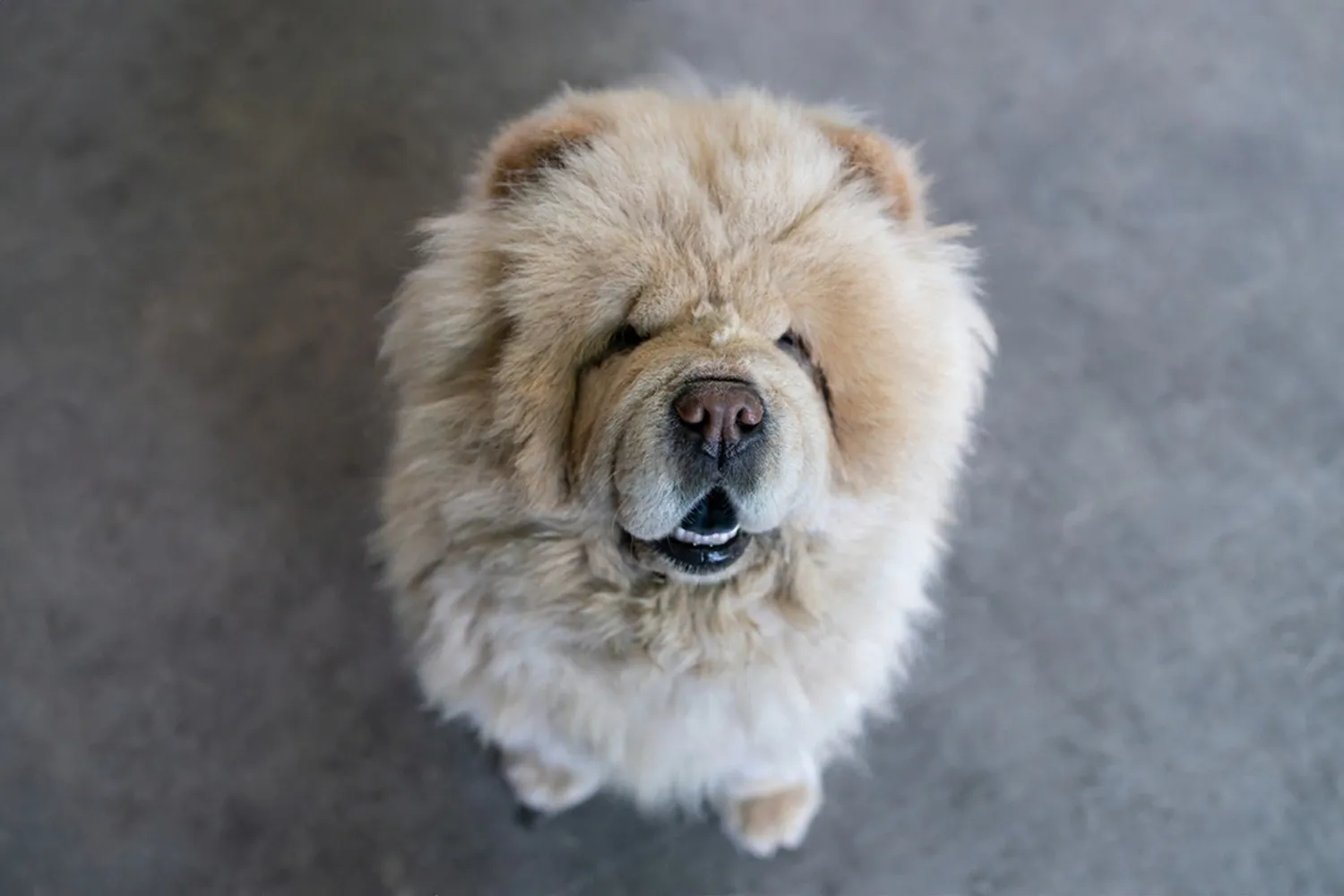
Do Chow Chows bark a lot?
From what I’ve seen, Chow Chows are generally pretty quiet roommates. They’re more the strong and silent type, happy to lounge and observe rather than narrate the day. The one time you might hear that deep, impressive bark is when something feels “off” to them like a stranger at the door or an unfamiliar dog passing the yard. That’s classic alarm barking, and with a Chow’s watchful nature, it’s not unusual.
The best way to keep that in check is to start training the moment your puppy comes home. Chows can be independent thinkers (that’s the polite way to say stubborn!), so short, upbeat sessions work best. I like to teach a “quiet” cue by calmly praising and treating the instant they pause mid bark. Pair that with a “place” mat near the door so they learn to settle when the doorbell rings. My friend’s Chow, Bear, used to announce every package delivery; after a couple of weeks of mat training, he’d trot to his spot and wait for a cookie instead of booming down the hallway.
Socialization helps too calm, positive exposure to people and dogs makes new sights feel normal instead of suspicious. Manage the environment: limit window patrols, play white noise during busy hours, and keep a chew or puzzle toy handy. With early consistency and a little creativity, you can enjoy the Chow’s regal quiet without the surprise serenades.
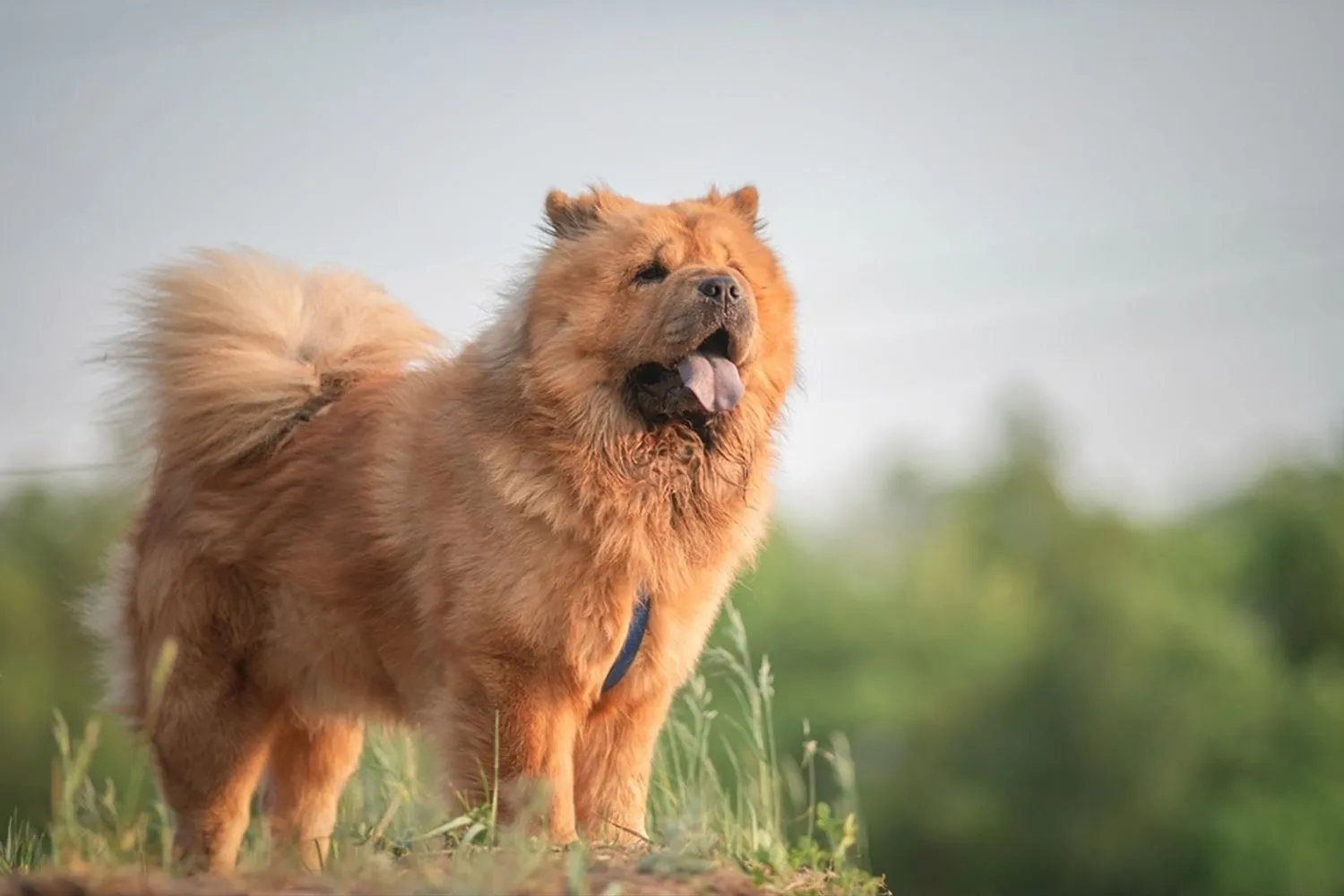
Average Weight and Height of a Chow Chow
Most Chow Chows finish filling out around the 12-month mark. By adulthood, males typically weigh between 18 and 41 kg and stand about 56 cm tall at the shoulder. Females usually come in a touch lighter and shorter, around 16 to 39 kg and roughly 43 to 46 cm tall. Those measurements are taken at the withers (the top of the shoulder), which helps avoid being fooled by that glorious lion’s mane. I once thought my Chow had grown two inches overnight turns out it was just a particularly fluffy blowout after a bath. https://en.wikipedia.org/wiki/Chow_Chow
Expect the biggest growth spurt in the first six months. That’s when they pack on most of their weight, so feeding really matters. Choose a high-quality puppy food recommended by your vet, and stick to portion guidelines based on current weight, not wishful thinking about their future size. When mine was little, I did three to four small meals a day to keep his tummy happy and growth steady, then shifted to two meals as he got older. A good rule of thumb: you should be able to feel ribs easily under the coat but not see them. With all that fluff, I do the hand test every week and a quick step on the scale trick me, then me holding the dog to make sure we’re on track.
Growth can come in bursts, then slow down, so don’t panic if your pup plateaus for a bit. Keep exercise age appropriate (no marathon runs yet), focus on steady, healthy development, and check in with your vet if you’re unsure. Every Chow is a little different, but with smart feeding and regular monitoring, they grow into those teddy bear looks beautifully.
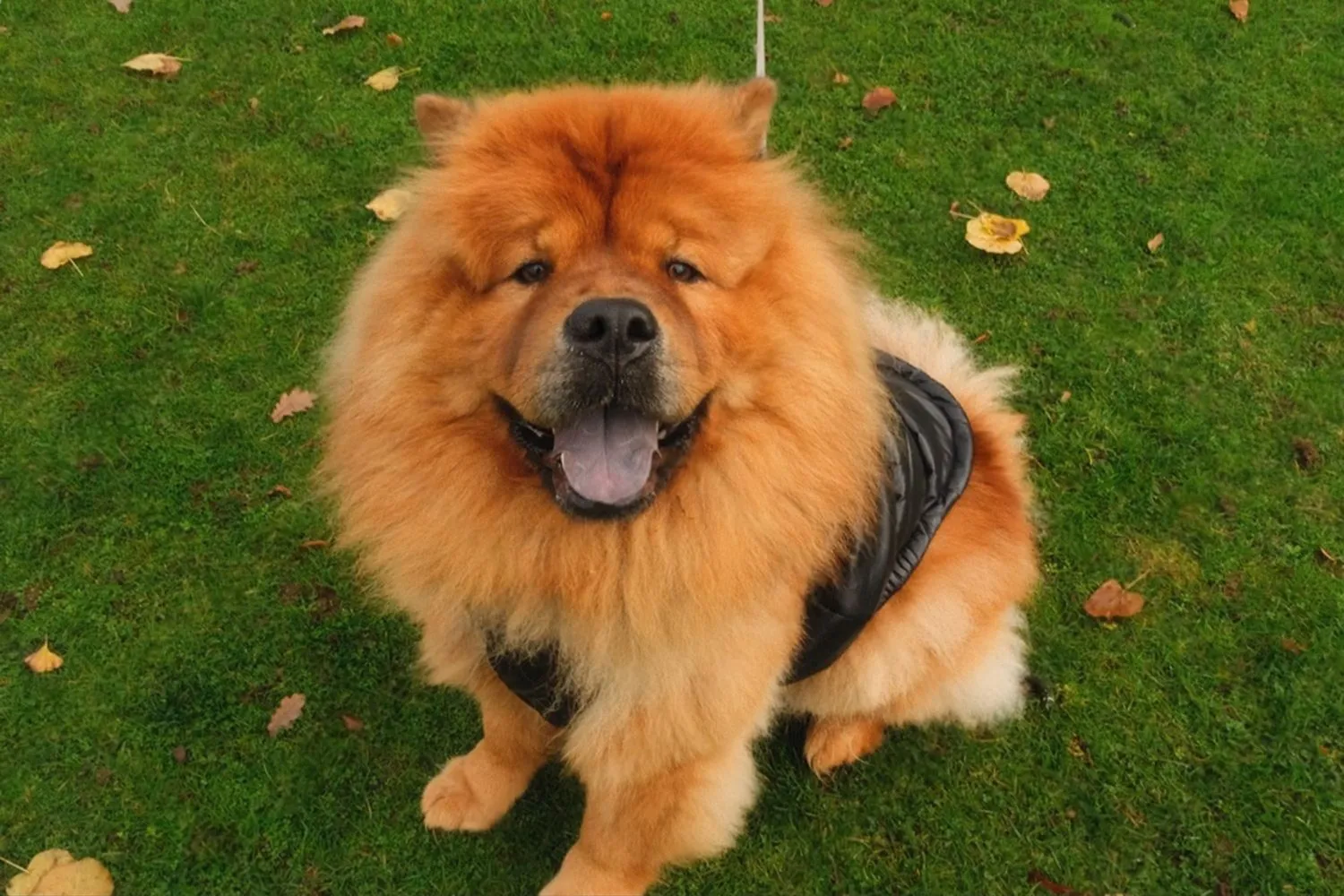
Are Chow Chows easy to train?
Short answer: not exactly. Chow Chows have that cool, cat like vibe and an independent streak a mile wide, so getting them in the mood to learn can feel like negotiating with a fluffy lion. I once dog sat a Chow named Bear who wouldn’t budge for training until we did a slow lap around the block and he’d inspected every interesting smell. Once he decided it was “his idea,” though, he worked beautifully.
Patience and consistency are everything. If you let a Chow call the shots, they’ll take the whole rulebook, so start training the day you bring your puppy home. Keep sessions short, calm, and clear. Be firm but fair no yelling, just steady boundaries and high value rewards. I like to use a favorite treat and end on an easy win so they leave feeling clever. Five minute drills, two or three times a day, go much further than marathon sessions.
Early socialization is huge: polite meet and greets, handling paws and ears, and simple cues like sit, stay, and leave it. Mix in puzzle toys and leash manners to keep their bright mind busy. If you feel stuck, a good trainer who understands independent breeds can be a lifesaver. With structure and perseverance, that “disobedient” reputation turns into a dog who’s dignified, cooperative, and very loyal.
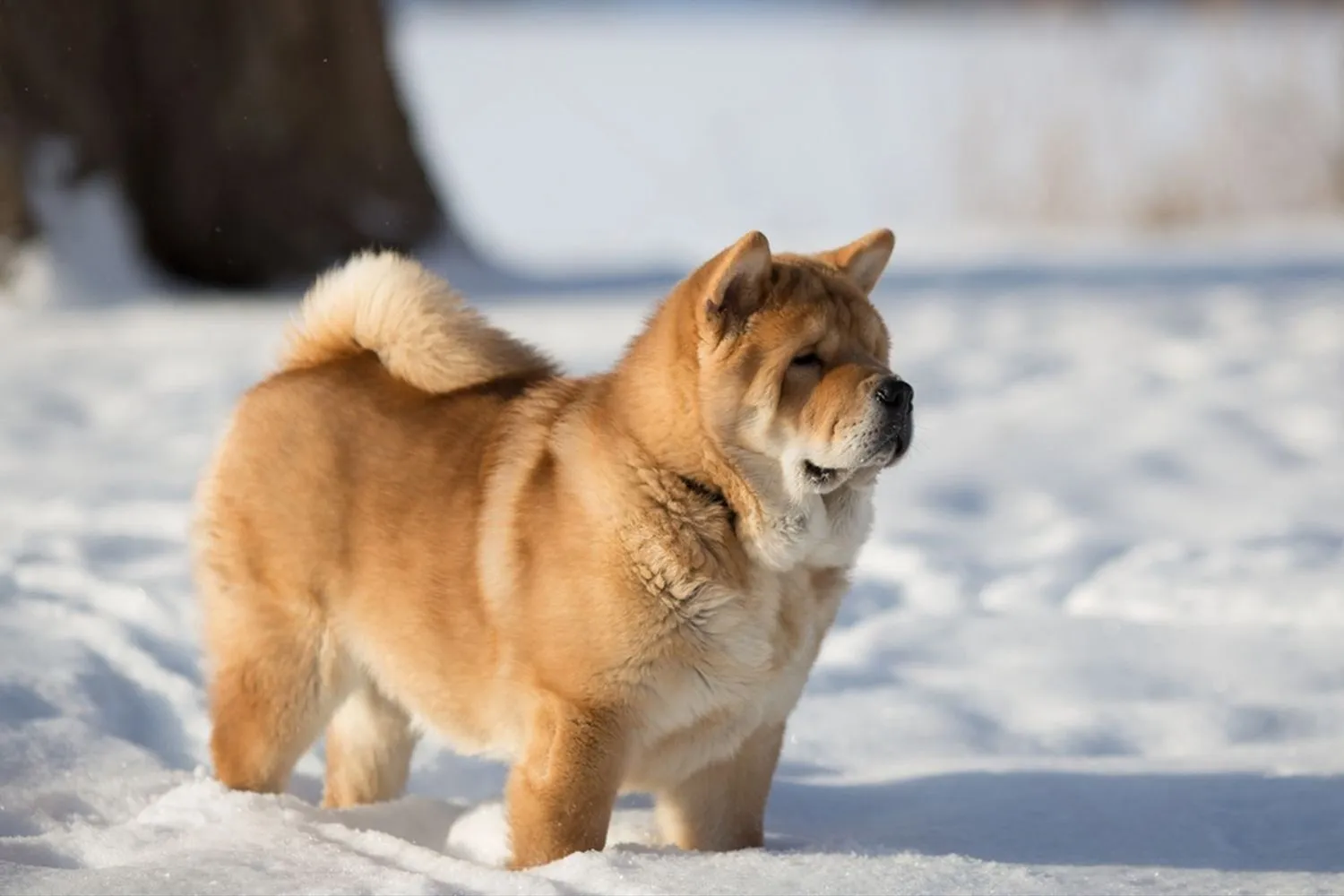
How Do Chow Chows Behave? A Look at Their Temperament and Personality
If dogs were roommates, the Chow would be the dignified one who appreciates personal space and a predictable routine. They have a wonderfully cat like vibe independent, self possessed, and a little stubborn when the mood strikes. I once dog sat a Chow named Miso who would “allow” me a few chin scratches after a walk, then calmly saunter off to her favorite spot by the window. They tend to bond closely but selectively, so when a Chow chooses you, it feels like a real honor.
Training a Chow can be a different kind of puzzle. They’re smart, which means they ask “why?” before they decide to listen. Short, engaging sessions work best think five to ten minutes with high value treats, clear cues, and plenty of praise. Mental stimulation is your secret weapon: food puzzles, scent games, and mini obedience routines sprinkled into daily life keep them focused. Start young with consistent socialization and gentle, firm boundaries. A tip that helped me: teach a reliable “look at me” early on; it’s gold when you need their attention without nagging.
Despite the lion like looks, Chows aren’t high energy whirlwinds. They prefer steady, moderate exercise two unhurried walks a day, a bit of play, and they’re content. They’re typically calm in the house when their needs are met. Keep them on a healthy diet and don’t let treats pile up; a leaner Chow moves better and behaves better. With respectful handling, routine structure, and the right mental outlets, a Chow Chow is a polite, quietly devoted companion. Just show them you’re worth listening to and they usually agree, in their own time.
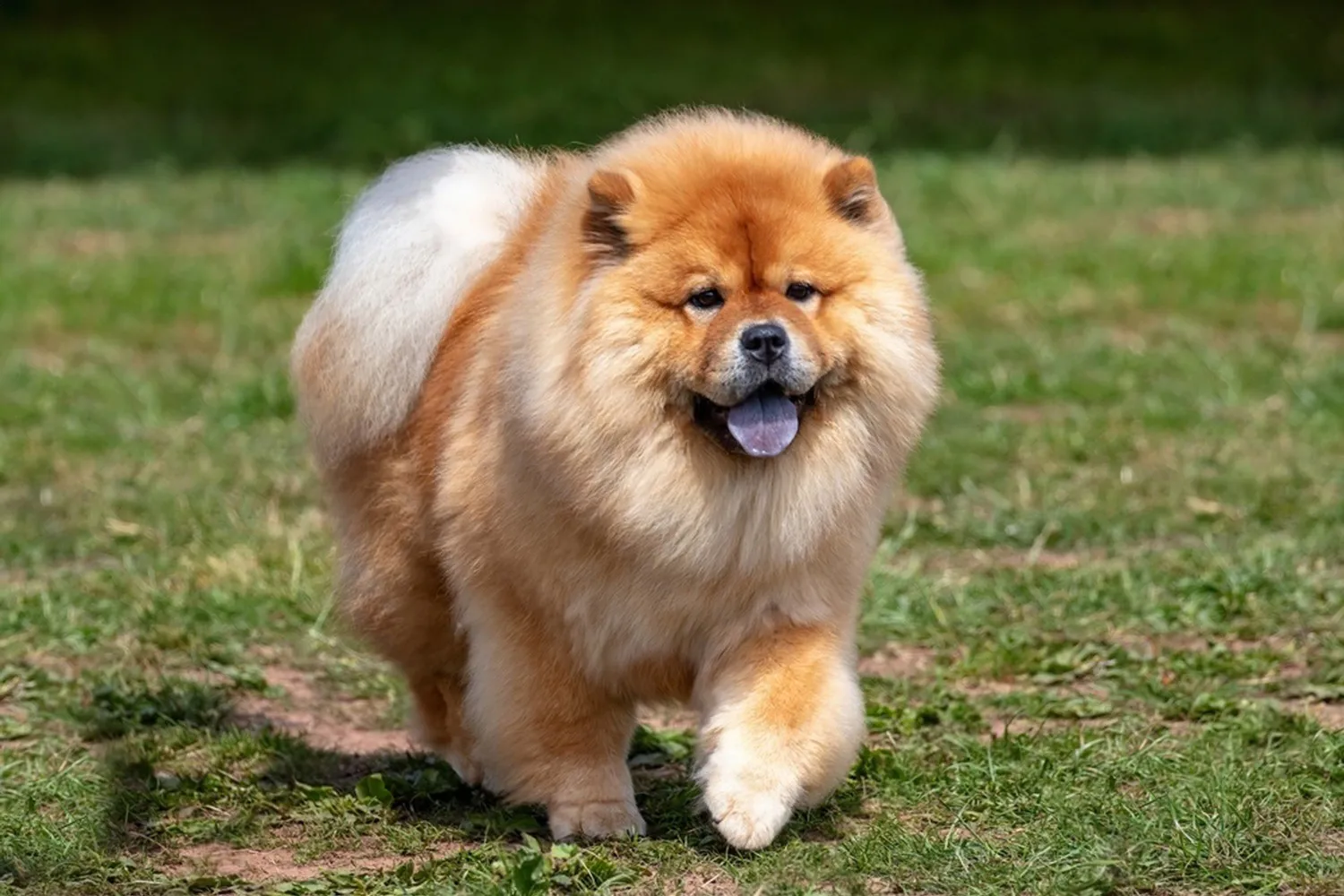
Does the Chow Chow have any common health issues?
Chow Chows are generally sturdy, healthy dogs, but like every breed, they can be more prone to a few specific issues. Knowing what to watch for makes a world of difference. I always say: enjoy the cuddles and the lion mane, but keep a quiet eye on their joints, eyes, and tummy.
Here are some of the more common concerns, explained the way I wish someone had told me when I brought my first fluffy bear home:
– Hip Dysplasia: This is a malformation of the hip joint that can lead to arthritis. You might notice stiffness after naps or a bunny hop gait. Keeping your Chow at a lean weight and building steady muscle with daily walks (not weekend warrior hikes) really helps.
– Elbow Dysplasia: Similar story in the elbows abnormal development can cause pain and limping. Slippery floors are not your friend; I keep a few rugs down where my dog likes to launch himself off the couch.
– Cruciate Ligament Disease: Knees can be vulnerable, and a sudden limp after a zoomie session can be a clue. Controlled exercise, avoiding high impact jumping, and strong rear end conditioning are your best friends. One of my friend’s Chows needed surgery and bounced back beautifully with good rehab.
– Gastric Dilation Volvulus (Bloat): This is a true emergency where the stomach twists. Know the signs: a swollen belly, unproductive retching, restlessness, and drooling. If you ever suspect it, go straight to the vet don’t wait. I feed smaller, measured meals and avoid vigorous play right before and after eating.
– Entropion: Chows’ adorable faces can come with inward rolling eyelids, which irritate the eyes. Watery eyes, squinting, or pawing at the face are red flags. Many dogs do great after a simple corrective surgery; a friend’s pup was back to flirting with the mail carrier in no time.
– Panosteitis: Growing pains of the long bones, most often in young dogs. It can cause shifting lameness lame one day, fine the next, then the other leg. Gentle exercise, not overdoing it during growth spurts, and vet guidance usually see them through.
– Hypothyroidism and Autoimmune Thyroiditis: Low thyroid hormones can lead to lethargy, weight gain, and a dull coat. A simple blood test confirms it, and medication typically gets them back to their spry, dignified selves.
– Diabetes: Watch for increased thirst and urination, weight loss despite eating, and changes in energy. With vet care and a consistent routine, diabetic dogs can live happy, full lives.
A few proactive tips from my routine:
– Keep them fit and fluffy, not chunky and fluffy. You should feel ribs under that coat with light pressure.
– Aim for consistent, moderate exercise two good walks a day and a few brain games at home.
– Schedule regular vet checkups; I like an annual exam and bloodwork, and twice yearly as they get older.
– Ask your breeder or rescue about health screenings (hips, elbows, eyes, and thyroid). It matters.
– Consider joint support as your vet recommends, keep nails trimmed, and use ramps for cars to spare those joints.
Chows have a regal way about them, but they thrive on practical, steady care. A little prevention and a watchful eye go a long way toward keeping your fluffy lion healthy and happy.
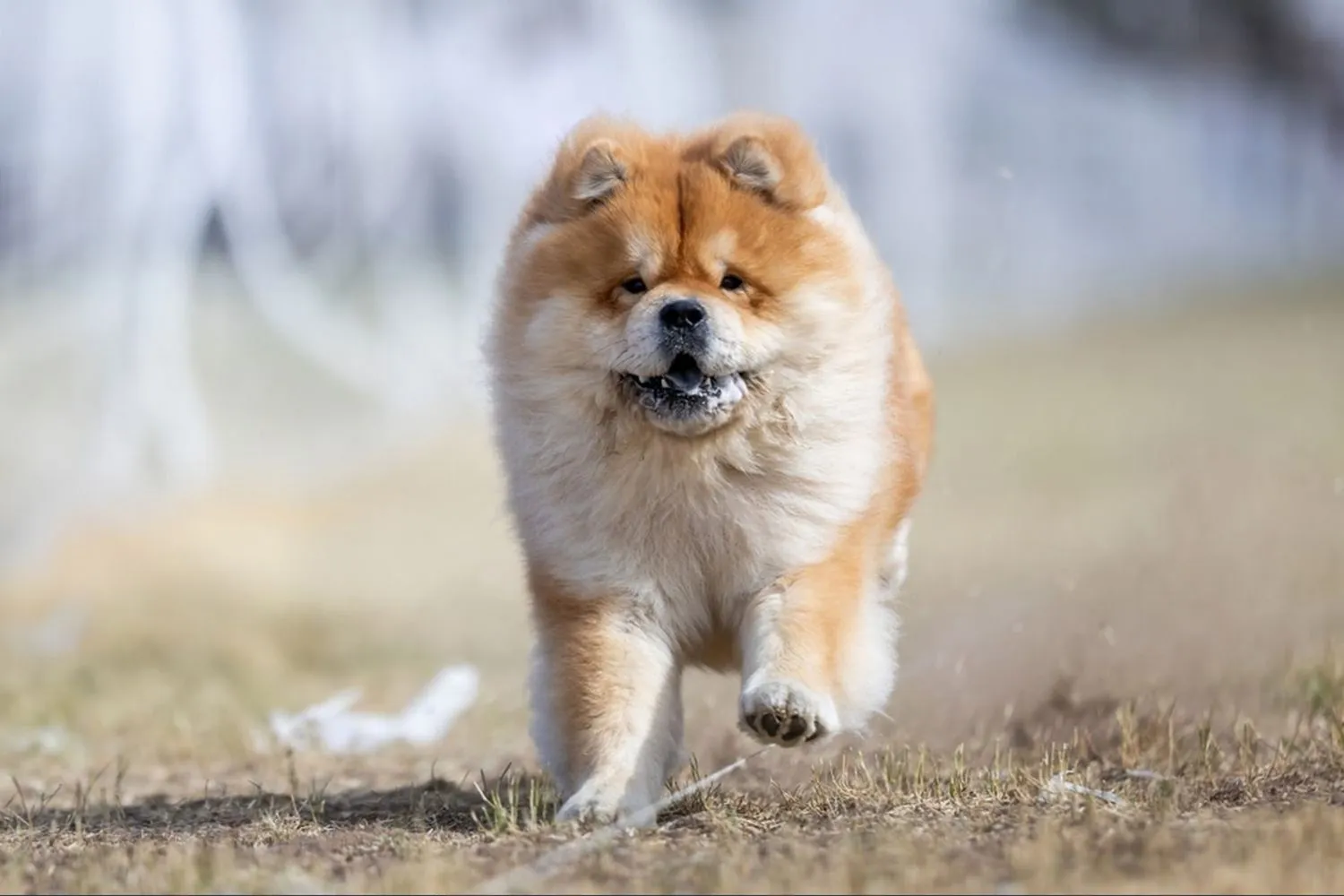
How Long Do Chow Chows Live?
Chow Chows typically live between 9 and 15 years, which is actually on the higher side for medium sized dogs. Many make it solidly into their early teens with good care. Of course, every Chow is an individual some age like wise old lions, others stay playful fluffballs longer than you’d expect.
In my experience, the biggest difference makers are routine and diet. A high-quality, balanced food and sensible portions keep weight in check, which protects joints and helps energy stay steady. I once helped a neighbor care for her Chow, Bear, who made it to 14; we stuck to slow morning walks, a predictable feeding schedule, and skipped the table scraps. He was less moody and more engaged when his meals were right good nutrition really can smooth out behavior and keep their minds sharp.
Add in regular vet checkups, daily but gentle exercise, and you’re setting your Chow up for a long, comfortable life. Because of that thick coat, I avoid midday heat and keep walks short but consistent; grooming sessions help with skin health and double as bonding time. Don’t forget dental care and plenty of mental stimulation puzzle toys and short training reps go a long way for these dignified thinkers. Give them structure, love, and sensible care, and you’ll likely have your blue tongued buddy by your side for a good, long while.
How much should a Chow Chow eat?
Chow Chows do best on a balanced, high-quality diet, especially while they’re growing. As puppies, they need the right mix of protein, healthy fats, and essential nutrients to build sturdy bones and strong muscles without growing too fast. I like choosing a puppy formula suited for medium to large breeds and then following the feeding chart on the bag as a starting point. I also use a measuring cup so I’m not guessing when I eyeballed portions with my boy, he either got pudgy or pouty!
Portion sizes vary with the brand (some kibble is more calorie dense than others), your dog’s age, and activity level. Start with the guideline on your food’s label for your Chow’s current weight, then adjust every week or two based on body condition: you should be able to feel ribs under a slight layer of flesh, see a gentle waist from above, and a tummy tuck from the side. My male Chow settled around 1 to 1.5 cups twice a day on a typical formula, but during summer heat he ate a bit less Chows can be picky when it’s warm. If yours wolfs meals, a slow feeder bowl can help.
Feeding schedule matters, too. Puppies usually do best with three to four small meals a day to keep energy steady and tummies happy, then you can gradually move to two meals as they approach adulthood. Once fully grown, two meals a day is a great routine. Keep treats to about 10% of daily intake I learned the hard way during a training spree that “just one more” turns into a tighter harness fast.
Regular vet check-ins are your best guide for growth and diet tweaks. Your vet can help you decide when to switch from puppy food to adult food often somewhere around 12 to 18 months, depending on how your Chow is developing. Their glorious coat can hide weight gain, so do a weekly feel over, keep fresh water down, and don’t be afraid to adjust portions as seasons and activity levels change. Your Chow will tell you what works; we just have to listen (and measure!).
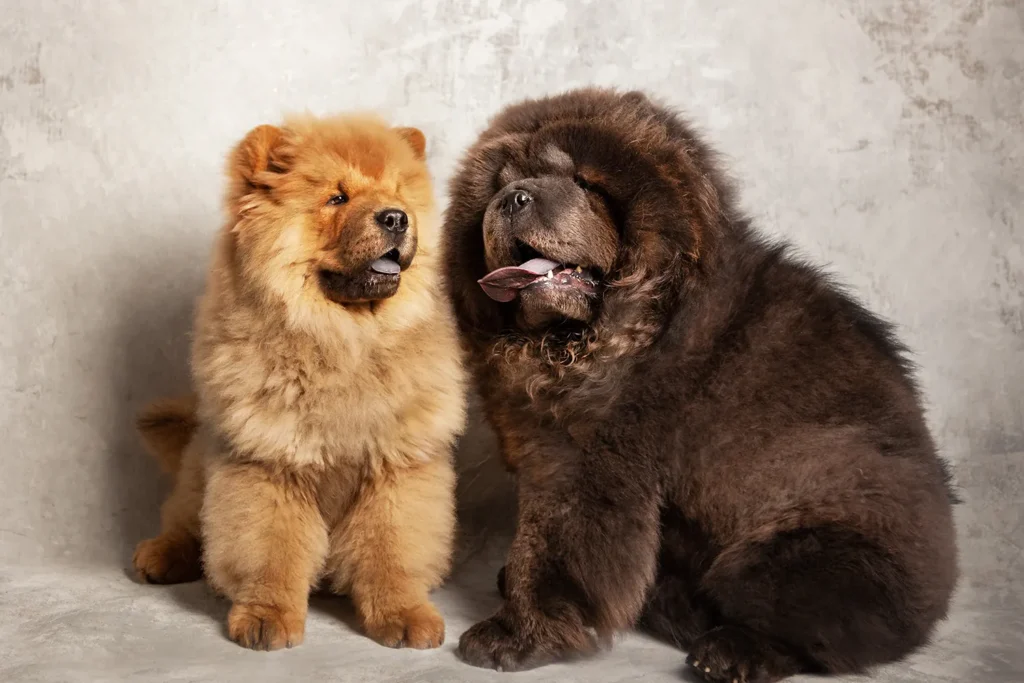
Chow Chow FAQs: Real Life Answers
Are Chow Chows responsive to commands?
They are, but they’ll make you work for it. Chow Chows are clever in a dignified, independent way they understand what you’re asking; they just want to know why they should do it. When I was helping a friend with her Chow, he’d eye me like a tiny lion: “What’s in it for me?” Short, calm training sessions with high value rewards worked wonders. Keep it consistent, keep it fair, and don’t take the aloofness personally. These dogs don’t thrive on endless repetition or loud corrections; they respond to patience and respect. A well trained Chow can absolutely be obedient and responsive, but this isn’t usually the easiest breed for a first time owner. If you’re new to dogs, consider working with a trainer early on to set good habits and keep frustration at bay.
Do adult Chow Chows become protective of their owners?
Yes fiercely so. Under that fluffy coat is a natural guardian. They can bond strongly with their people and be very watchful around strangers. That protective streak is a double edged sword: it’s wonderful to feel safe, but you’ll need to guide it so it doesn’t tip into aggression. I teach a solid place command for when guests arrive, and I reward calm curiosity rather than barking at the door. Body language is your early warning system stiff posture, raised hackles, hard stares step in before it escalates. Controlled introductions, clear rules at home, and positive reinforcement go a long way. Think of it as channeling their instincts rather than trying to erase them.
Do Chow Chows get on well with other dogs and pets?
Generally, no. Even with early socialization, most Chows prefer to keep to themselves and may be selective (and sometimes intolerant) with other dogs. My neighbor’s Chow was the king of the slow, polite sniff and then a royal exit no interest in romps at the dog park. If you do have other pets, introduce them carefully and on neutral ground. Parallel walks work better than face to face greetings, and dog parks are usually not a great idea for this breed. If you have smaller pets, use baby gates and calm, gradual exposure. You can improve manners and reduce tension with training, but expect a Chow to choose space over playtime and be prepared to advocate for that space in social settings.
Are Chow Chows good with kids as family pets?
They can be, but the match is better with older children who understand boundaries. Chows don’t typically enjoy being fussed over, hugged, or startled, and that dense, plush coat and teddy bear face make it very hard for little hands to resist. I always tell families: teach the “ask before you pet” rule, and no touching when the dog is sleeping, eating, or in their bed. Set up a quiet retreat where the dog can go undisturbed. One Chow I knew loved walking the kids to school but opted out of backyard soccer mayhem he’d watch from a shady spot like a dignified referee. Respect their personal space and they’re far more likely to be calm, polite companions.
Final thought: with consistent training, early socialization, and a home that values calm routines and clear boundaries, a Chow Chow can be a devoted, impressively well mannered friend. But if you’re brand new to dogs, think carefully and maybe meet a few Chows in person before bringing one home. Their beauty is easy; their temperament requires commitment.
Disclaimer:
This article is for informational purposes only and doesn’t replace professional veterinary or training advice. Always consult a certified vet or dog trainer for guidance specific to your pup.
